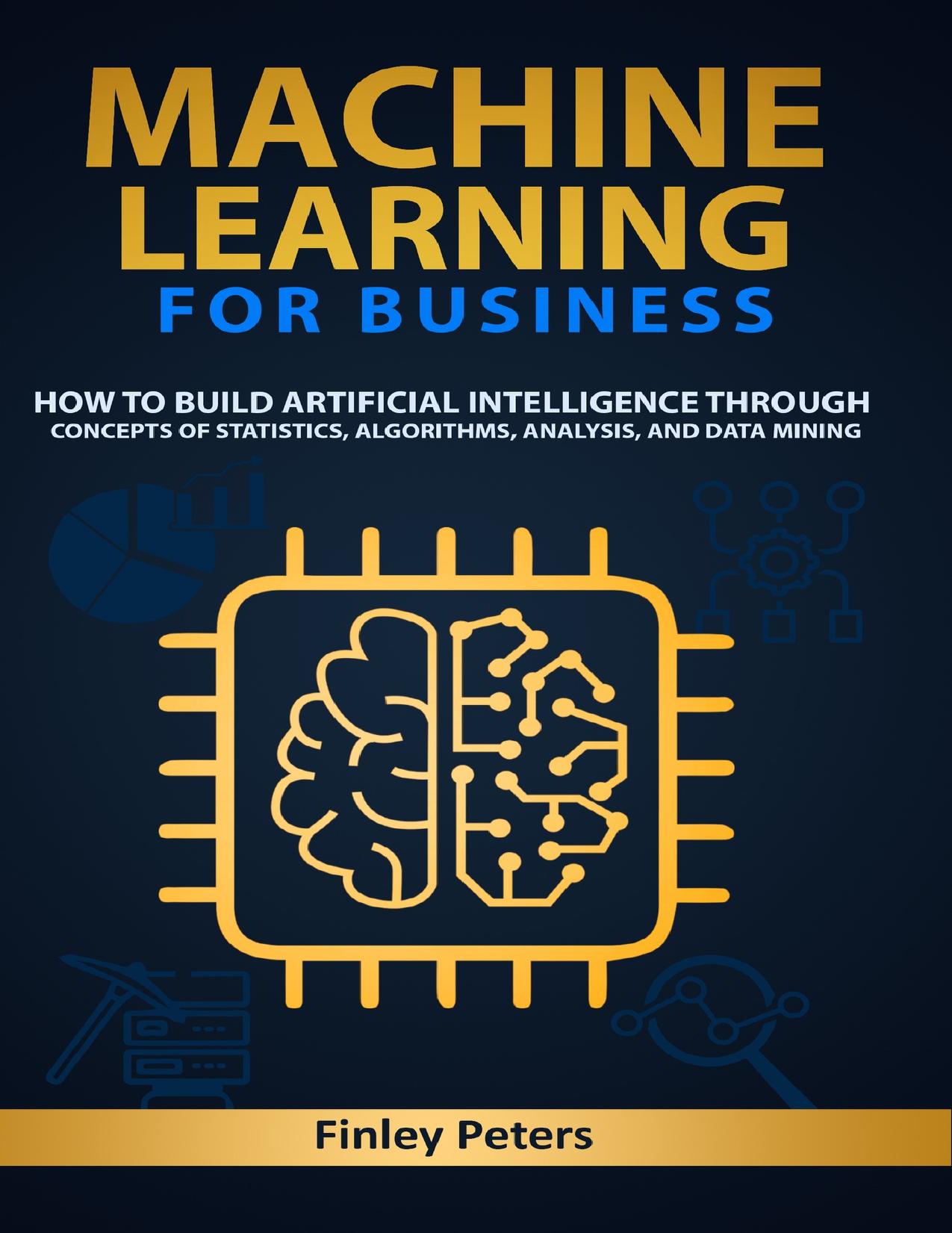Machine Learning for Business: How to Build Artificial Intelligence through Concepts of Statistics, Algorithms, Analysis, and Data Mining by Peters Finley

Author:Peters, Finley [Peters, Finley]
Language: eng
Format: epub, pdf
Published: 2020-04-01T16:00:00+00:00
5. Model training
The model pipelines are always "offline" and the schedule ranges from a few hours to just one run per day, based entirely on the complexity of the application. Training can also be started on time and event, and not just by the system planners.
It contains many libraries of machine learning algorithms, such as 'linear regression, ARIMA, k-means, decision trees' and many more, which are designed to provide facilities for rapid production of new model types and to make the models interchangeable. Embedding is also important for the integration of "third party APIs" using the "facade pattern" (at this stage it may also be called the "Python Jupyter notebook").
You have several choices for "parallelization":
• A specialized pipeline for individual models is usually the simplest method, meaning that all models can be used at the same time.
• Another approach would be to duplicate the training data set, ie the data set can be divided and each data set will contain a replica of the model. This approach is preferred for the models that need all fields of an instance to perform the calculations, for example "LDA", "MF".
• Another approach could be to parallelize the entire model, which means that the model can be separated and each partition can be responsible for preserving a fraction of the variables. This approach is best suited for linear machine learning models, such as "Linear Regression", "Support Vector Machine".
• Finally, a hybrid strategy can also be used using a combination of one or more of the above approaches. ⠀
It is important to train the model, taking into account fault tolerance. Data checkpoints and failures on training partitions should also be considered. For example, if each partition is not due to a temporary problem, such as a timeout, each partition can be retrained.
Download
Machine Learning for Business: How to Build Artificial Intelligence through Concepts of Statistics, Algorithms, Analysis, and Data Mining by Peters Finley.pdf
This site does not store any files on its server. We only index and link to content provided by other sites. Please contact the content providers to delete copyright contents if any and email us, we'll remove relevant links or contents immediately.
Hit Refresh by Satya Nadella(9001)
The Compound Effect by Darren Hardy(8742)
Change Your Questions, Change Your Life by Marilee Adams(7574)
Nudge - Improving Decisions about Health, Wealth, and Happiness by Thaler Sunstein(7469)
The Black Swan by Nassim Nicholas Taleb(6954)
Deep Work by Cal Newport(6827)
Daring Greatly by Brene Brown(6374)
Rich Dad Poor Dad by Robert T. Kiyosaki(6324)
Principles: Life and Work by Ray Dalio(6141)
Man-made Catastrophes and Risk Information Concealment by Dmitry Chernov & Didier Sornette(5883)
Playing to Win_ How Strategy Really Works by A.G. Lafley & Roger L. Martin(5784)
Digital Minimalism by Cal Newport;(5593)
Big Magic: Creative Living Beyond Fear by Elizabeth Gilbert(5562)
The Myth of the Strong Leader by Archie Brown(5380)
The Slight Edge by Jeff Olson(5322)
Discipline Equals Freedom by Jocko Willink(5246)
The Motivation Myth by Jeff Haden(5131)
Stone's Rules by Roger Stone(4995)
The Laws of Human Nature by Robert Greene(4937)
